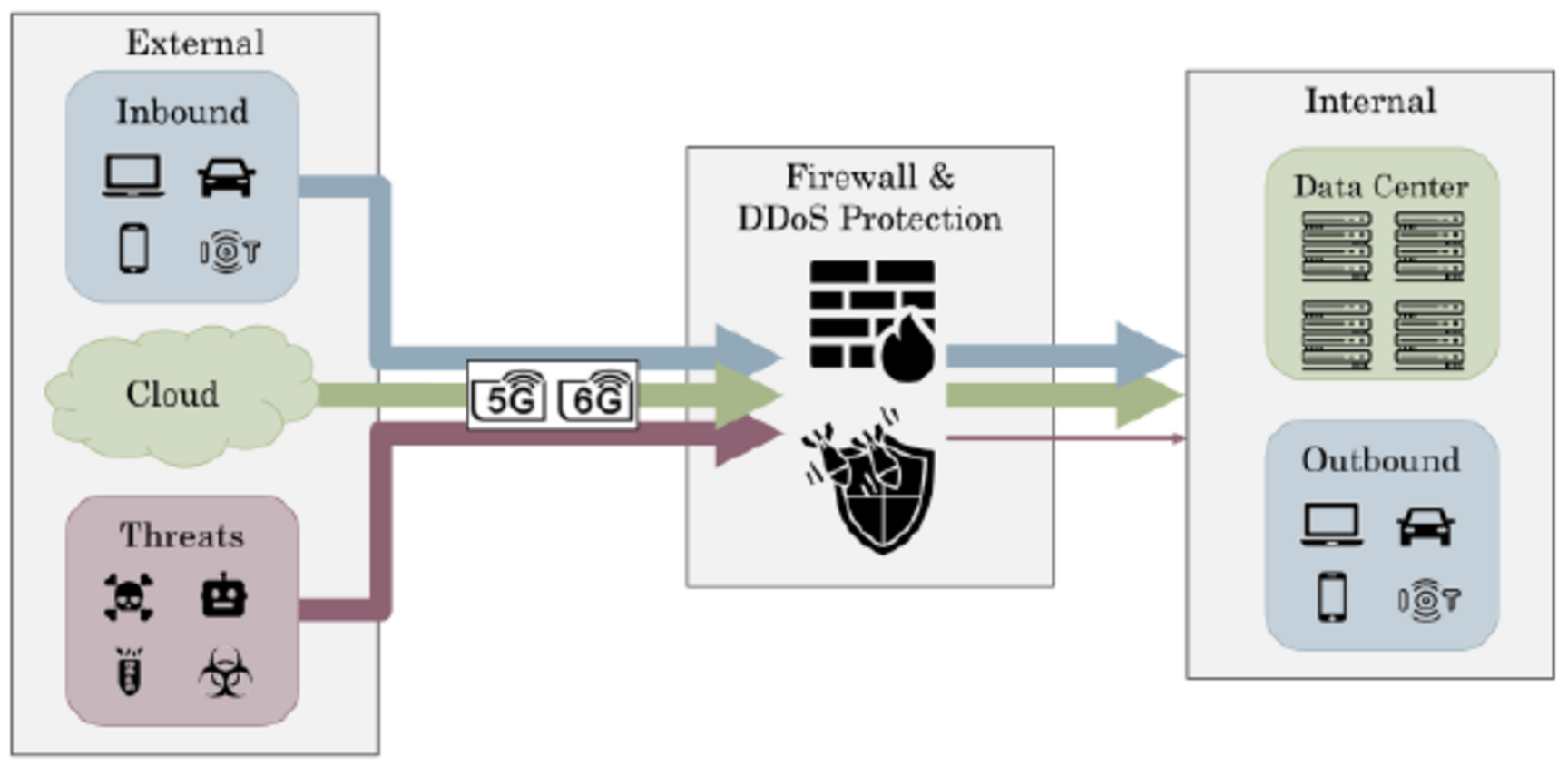
GATEPOST
The GATEPOST project will develop the first-of-its-kind 2D materials (2DM) based non-linear photonics platform for optical computing.
Duration: October 2023 – September 2026
Partners
- Ihp GmbH – Leibniz-Institut für innovative Mikroelektronik (DE)
- Akhetonics GmbH (DE)
- Hewlett Packard Enterprise Belgium (BE)
- Aristotelio Panepistimio Thessalonikis (EL)
- Enlightra Sarl (CH)
- Fraunhofer Heinrich‐Hertz‐Institut HHI (DE)
- Eura AG (DE)
- Interuniversitair Microelectronica Centrum (BE)
Project Description
The need for a next-generation computing platform becomes clear from IoT and 5G/6G and their high performance and low power requirements. Now, graphene and 2D materials (2DM) offer the unique ability to enable highly confined nonlinear interactions of light at low powers and at extremely low response times in the femtosecond range. However, it must be integrated with CMOS low-loss silicon nitride (SiN) platform that facilitates the possibility to create circuits for fast, low power, high bandwidth, general purpose computing and memory completely in the optical domain.
As the most important challenge comes from the maturity of the graphene processes with standard CMOS environments, the main goal of GATEPOST is to fabricate and demonstrate a radically new graphene-based all-optical data processing platform, integrated and tested in a real CMOS pilot line.
As a user case, we focus on a network security device for distributed denial of service (DDoS) detection and network packet inspection. Even though on average 170 cyber-attacks are performed per IoT device per day, there is still a huge lack of security due to the added power, latency, operating costs and bandwidth limitations involved. This is unacceptable, especially considering that the cybercrimes topped an estimated $318 billion in 2021 alone. With our graphene-based computing platform, we will show how lowpower, low-latency and high bandwidth network security is ready for the IoT and 5G/6G future.
To achieve these goals, GATEPOST interfaces 8 partners from 4 countries, uniting a powerful consortium of international experts in the fields of graphene integration into 200 mm pilot line, simulations, optical computing, neuromorphic computing, memories, light sources, and system integration.
HHI is responsible for building the optical engine. For the C-Band, a single mode laser with > 150 mW output power (ex-facet) will be addressed. In particular, the work will also focus on components with low footprint and high wall plug efficiency.
